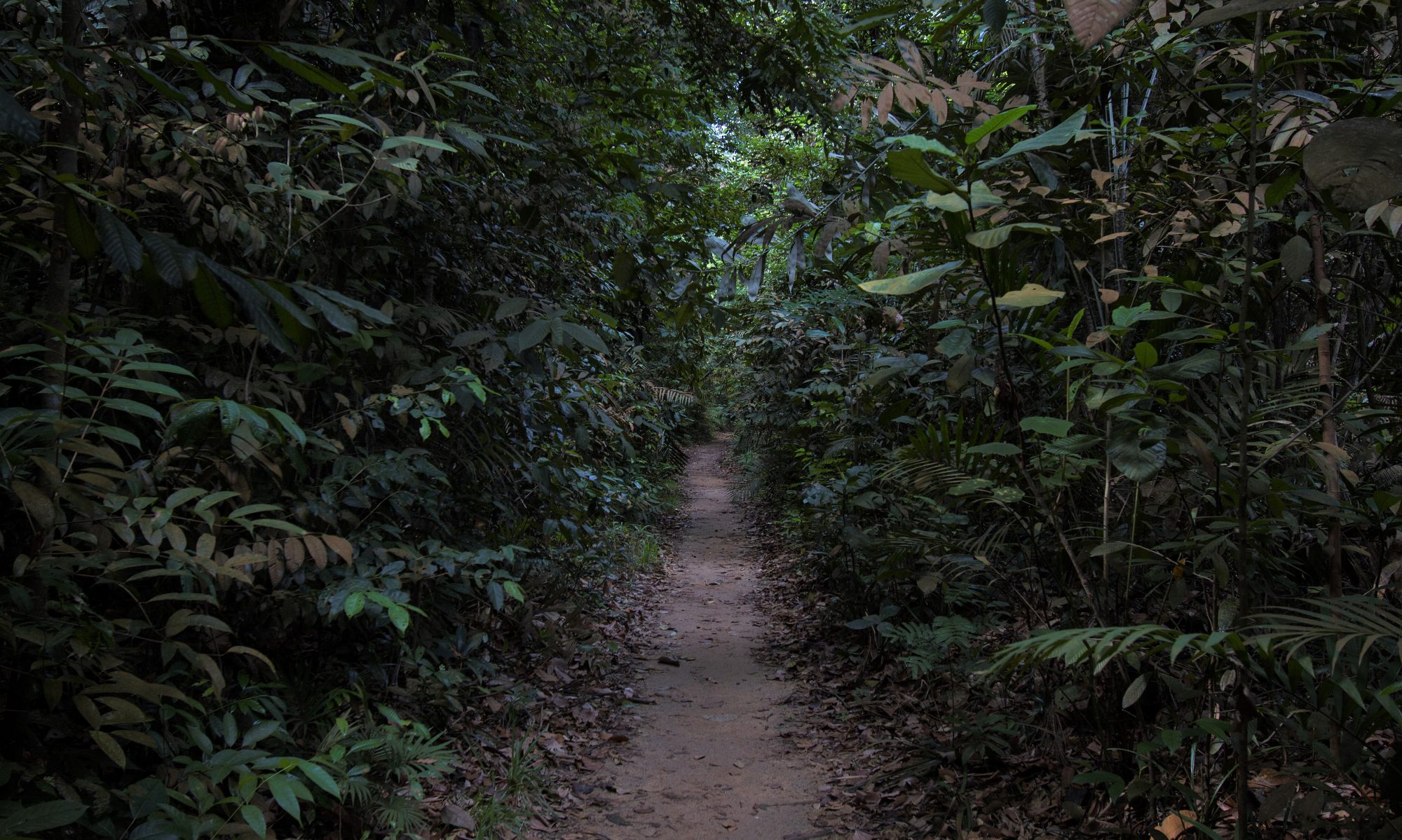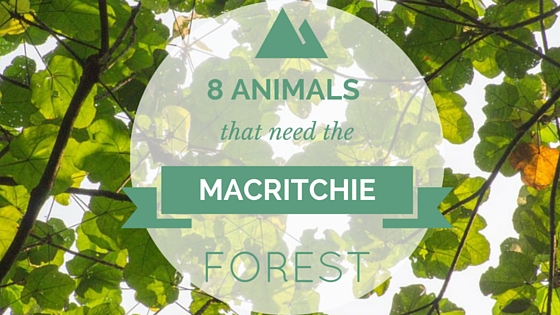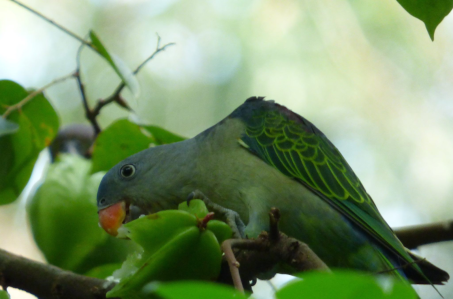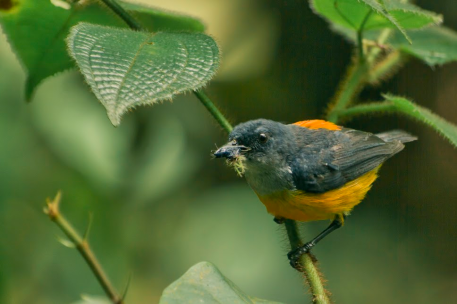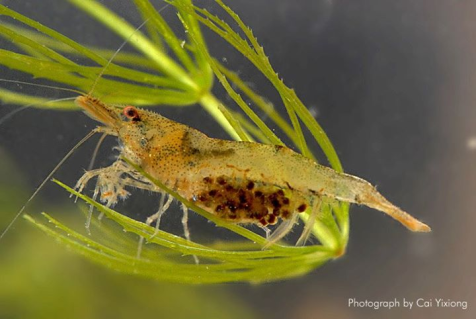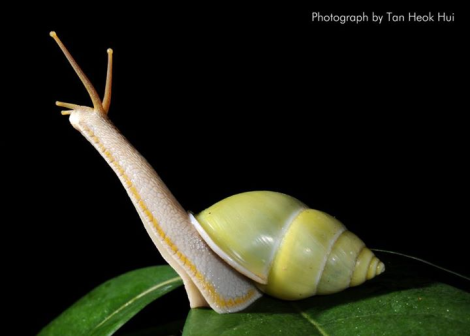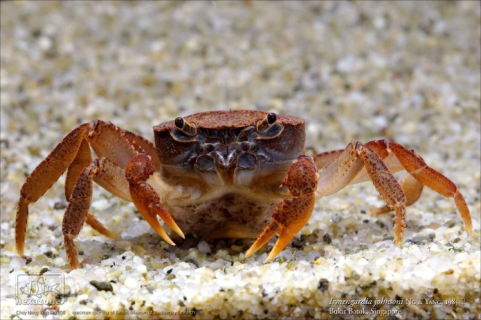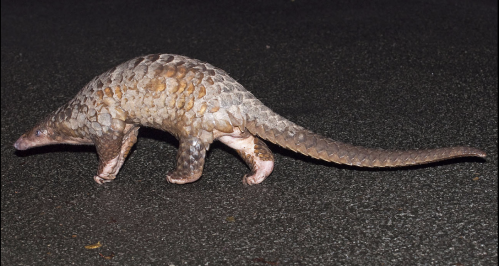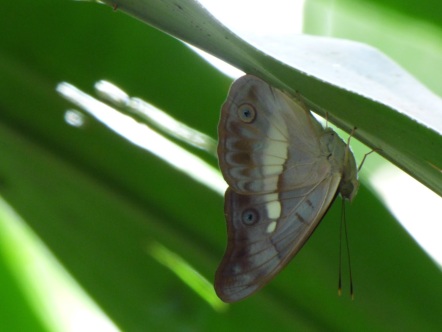A forest-dependent species means exactly that– these species can only live in the forest. The MacRitchie forest houses many different forest-dependent species – from birds, mammals and even insects. The construction of the Cross Island Line will serve to add yet another push towards extinction of these species. Today, we will introduce you to 8 animals whose survival in Singapore depends on the conservation of Singapore’s forests.
MacRitchie Forest’s Delicate Eight:
- Blue-rumped Parrot (Psittinus cyanurus)
- Orange-bellied Flowerpecker
- Lesser Mousedeer (Tragulus kanchil)
- Temasek Shrimp (Caridina temasek)
- Jade Tree Snail (Amphidromus atricallosus temasek)
- Johnson’s Freshwater Crab (Irmengardia johnsoni)
- Sunda Pangolin (Manis javanica)
- Purple Duke (Eulaceura osteria kumana)
Blue-rumped Parrot (Psittinus cyanurus)
Oddly, unlike other flying birds, Blue-rumped Parrots do not fly but ‘walk’ from one branch to another while feeding on fruits! This makes for a difficult time spotting them since the tiny movements they make give them even better cover within the plants. However, you can increase your chances of spotting them by looking on the ground for leftovers of starfruit, one of their favourite foods!
The Blue-Rumped Parrot (image credit: Chloe Tan)
Orange-bellied Flowerpecker
Unlike several of the other species on this list, the Orange-bellied Flowerpecker is a rather common bird. However, it warrants a place on this list because it is still a bird that can only be found in the forest.
But the fact that the bird is common doesn’t mean it will be easy to spot! The Orange-bellied Flowerpecker moves very quickly from plant to plant, hardly ever pausing until it’s time to feed on fruits that it finds.
The Orange-Bellied Flowerpecker (image credit: Jensen Seah)
Lesser Mousedeer (Tragulus kanchil)
Not a mouse, deer, nor vampire! The Lesser Mousedeer is the smallest known hoofed animal in the world, with adults measuring only 45cm.
Males bear fang-like canines that are used to protect themselves and their mates from rivals. Quite the healthy animals, they prefer feeding on fruits but they also feed on shoots, young leaves and fungi.
They are also known for their intelligence, with much folklore about how it outwits tigers and crocodiles.
The Lesser Mousedeer (image credit: Jensen Seah)
Temasek Shrimp (Caridina temasek)
The Temasek Shrimp is a true blue Singaporean! But it is listed as a locally endangered species. As a freshwater species, it can only be found in the streams of the Central Catchment Nature Reserve.
The Temasek Shrimp (image credit: Cai Yixiong)
Jade Tree Snail (Amphidromus atricallosus temasek)
Spongebob may have Gary the snail as a pet, but Singapore has the Jade Tree Snail to call our own! It can only be found in undisturbed forested areas in Singapore. In fact, it only exists in Singapore.
The Jade Tree Snail was only discovered recently and is recognisable by its jade green shell and pale body. This makes spotting them a challenge though, since its green shell makes it very good at camouflaging.
The Jade Tree Snail (image credit: Tan Heok Hui)
Johnson’s Freshwater Crab (Irmengardia johnsoni)
Yet another true blue Singaporean, the Johnson’s Freshwater Crab can only be found in the freshwater streams of the Central Nature Reserves, including MacRitchie.
Listed as globally vulnerable due to habitat loss and stream pollution, undoubtedly, it would be one of the many victims if the construction of Cross Island Line were to go ahead.
The Johnson’s Freshwater Crab (image credit: Choy Heng Wah)
Sunda Pangolin (Manis javanica)
We all know that we shouldn’t judge a book by its cover, but how about not judging an animal by its scales? The Sunda Pangolin is a mammal, but is often mistaken to be a reptile due to its scale-covered body. The scales are actually just hairs fused into plates! It has been classified as ‘critically endangered’ in Singapore, with the main threat to its survival being the loss of its natural habitat.
Traditionally, pangolins have been hunted for their skin, meat and scales – its skin for leather, meat in Chinese cuisine and scales for its supposed medicinal value. But now that it is listed as a protected species, the next best thing we can do for it is to conserve the forests, its natural habitat.
The Sunda Pangolin (image credit: Marcus Chua)
Purple Duke (Eulaceura osteria kumana)
Looks like royalty, and can be found in Singapore as well! And they clearly know how to enjoy their lives. In the early mornings, the Purple Duke can be found in sunning itself on the uppersides of leaves in the nature reserves of Singapore.
One interesting fact about these butterflies is that it rests upside down on the undersides of leaves, with their wings folded close. When disturbed, it flies rapidly to a nearby leaf and does the same thing again.
The Purple Duke (image credit: Chloe Tan)
There are so many species that depend on the MacRitchie forest for their very survival. The list goes on and on! The MacRitchie Forest supports these different species and ensures the survival of these species. To keep our biodiversity alive, we need to keep our MacRitchie Forest alive as well. To support the conservation of the MacRitchie Forest, read more at www.tinyurl.com/lta-crl
Sign and help us conserve our MacRitchie Forest!
Information obtained from:
Blue-rumped Parrot: http://mantamola.blogspot.sg/2013/07/the-blue-rumped-parrot-of-singapore.html
Temasek Shrimp: http://iyb2010singapore.blogspot.sg/2012/08/singapore-species.html#.ViyIsvkrIhd
Jade Tree Snail: http://lkcnhm.nus.edu.sg/news2/2011/encyclo002.pdf and https://mygreenspace.nparks.gov.sg/conservating-the-singapore-green-tree-snail/
Johnson’s Freshwater Crab: https://lovemacritchie.wordpress.com/johnsons-freshwater-crab/
Sunda Pangolin: http://eresources.nlb.gov.sg/infopedia/articles/SIP_1455_2009-02-23.html and http://nathist.science.nus.edu.sg/#A/Vert-Mammal-0068
Purple Duke: http://butterflycircle.blogspot.sg/2007/11/life-history-of-purple-duke-eulaceura_10.html
Orange-bellied Flowerpecker: http://www.hbw.com/species/orange-bellied-flowerpecker-dicaeum-trigonostigma and http://www.malaysianbirds.com/bird-family/flowerpeckers.htm
